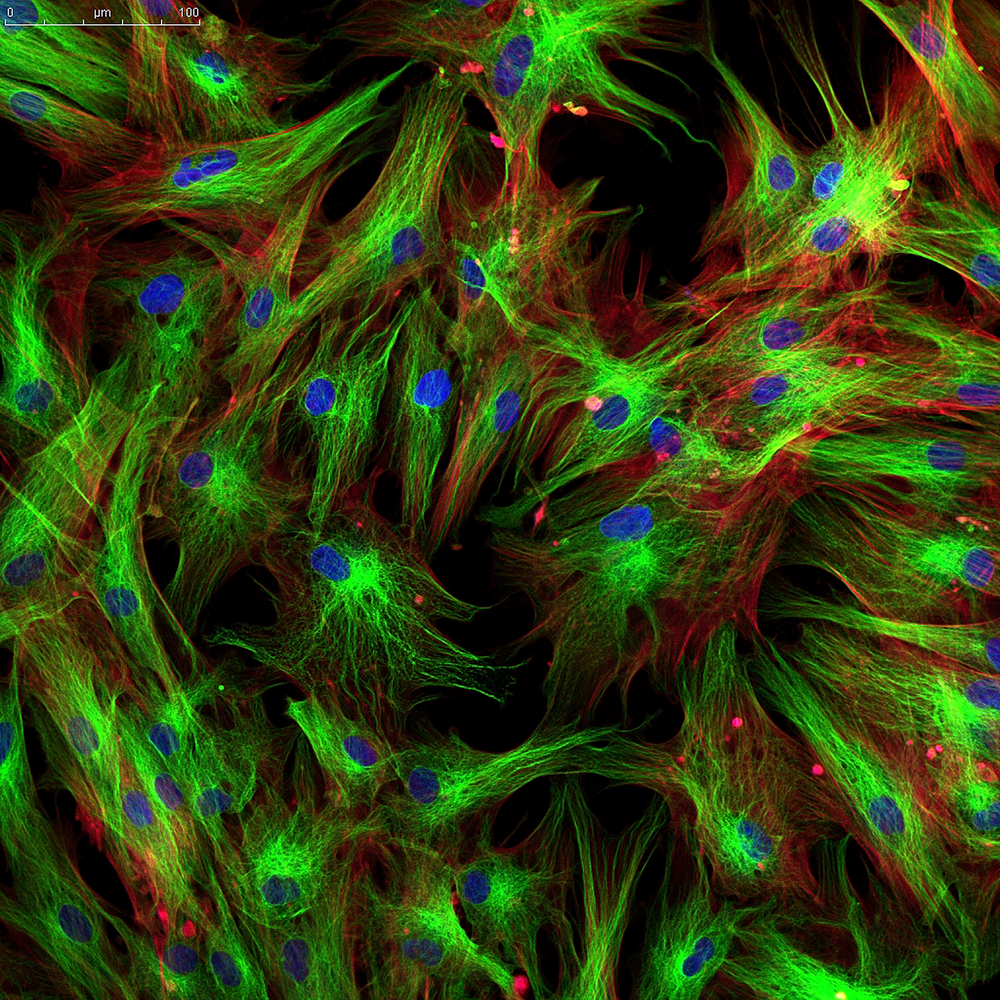LOXL2 Protein Helps Promote Lung Scarring, Study Shows

The LOXL2 protein plays a critical role in the development of idiopathic pulmonary fibrosis (IPF) by helping promote lung tissue scarring, according to a study.
LOXL2 is one of a family of proteins important to extracellular matrix (ECM), a non-cell component essential for providing structural and biochemical support to tissues and organs. LOXL2 is involved in lung tissue scarring, also known as fibrotic tissue remodeling, and in activating pathogenic fibroblasts. Fibroblasts are cells that promote healing.
The study, “Comparative analysis of lysyl oxidase (like) family members in pulmonary fibrosis,” was published in the journal Scientific Reports.
IPF is a chronic lung disease characterized by excessive accumulation of ECM. Two components of ECM, the lysyl oxidase (LOX) and LOX-like (LOXL) proteins, play crucial roles in ECM remodeling.
In fact, researchers have investigated the effectiveness of an antibody that targets LOXL2 in experimental lung fibrosis models.
Despite studies suggesting that LOXL2 levels in the blood correlate with IPF progression, a previous “phase II clinical study in IPF using the LOXL2 specific antibody Simtuzumab was not able to show significant improvement of the respective endpoints, raising the possibility that sole targeting of LOXL2 might not be sufficient,” researchers wrote.
To better understand the role that different LOX/L family members play in IPF, the research team investigated the proteins’ expression under various conditions: primary fibroblasts and epithelial cells under fibrotic conditions, in bleomycin-induced lung fibrosis, and in human IPF tissue.
Fibroblasts, which are responsible for synthesizing ECM and the connective-tissue protein collagen, had high levels of all LOX/L family members, the team discovered. Subjecting the proteins to pro-fibrotic stimuli led to an increase in their expression in fibroblasts and lung epithelial cells, the researchers added. Epithelial cells line lung cavities.
The team analyzed lung tissue from 14 IPF patients and healthy donors. They found an increase in LOX and LOXL2 protein expression in patients’ lung epithelial cells, compared with healthy controls.
LOXL2 was detected in fibroblastic foci, or places where fibrotic processes start. Researchers also detected an increase in LOXL2 expression in alveolar epithelial cells.
Two other members of the protein family – LOXL1 and LOXL4 – showed only modest changes in expression, while LOXL3 showed no change at all.
Researchers also “explored the individual contribution of LOX/L family members to fibroblast-to-myofibroblast transition (FMT), a key process during fibrotic remodeling.” They found that LOXL2 and LOXL3 were crucial to the transition.
A myofibroblast is a cell that combines the structures of a fibroblast and a smooth muscle cell. It helps wounds contract.
Overall, the results support the notion that LOXL2 is crucial to IPF development, underlying fibrotic tissue remodeling and fibroblast-to-myofibroblast transition.
“Based on the comparative analysis of LOX/L family members, our data also provide a solid basis for future studies evaluating the potential of individual versus simultaneous targeting of LOX/L family members for the treatment of IPF,” the team concluded.






